The Rosetta Mission has been writing a new chapter in what we know about the formation of life. The ESA teams involved are now preparing for the last part of this amazing journey.
Comet Churyumov-Gerasimenko has recently reached the perihelion – that’s the closest point to the Sun in its six and a half year orbit. It’s an important scientific step – as increasing solar energy warms the comet’s frozen ices, turning them to gas and dust. To stay safe, Rosetta has been forced to move further from the comet.
The Rosetta mission has been extended by nine months – until September next year. It’s hoped this will further boost the enormous amount of data that’s already been collected.
This video is also available in the following languages:
Spanish https://www.youtube.com/watch?v=1S7lYxNMbUU
Portuguese https://www.youtube.com/watch?v=9jrEaaFOo18
German https://www.youtube.com/watch?v=ah774y94sEA
French https://www.youtube.com/watch?v=j49w_F9O1Fc
Italian https://www.youtube.com/watch?v=pjI4-DbCCtk
Greek https://www.youtube.com/watch?v=eSVZtTADnmc
Hungarian https://www.youtube.com/watch?v=gFc-W4xE0Z0
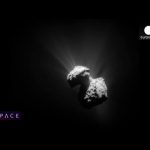
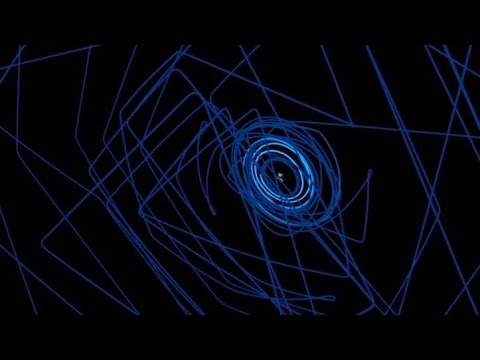
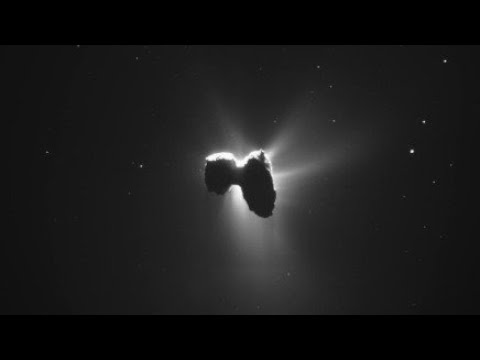
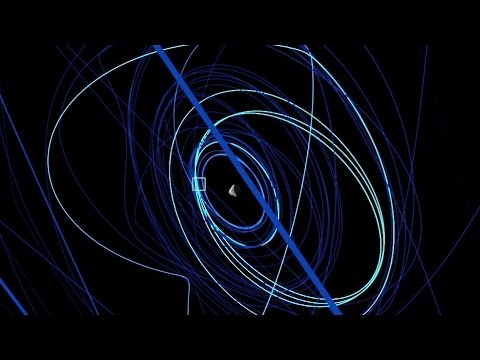
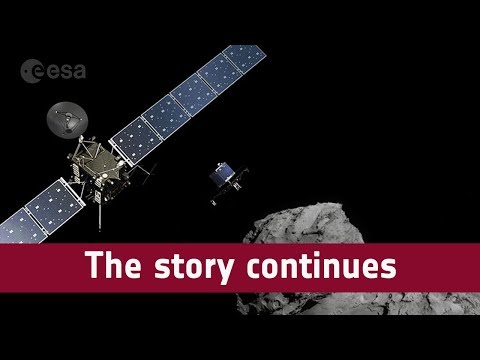
Leave a Reply